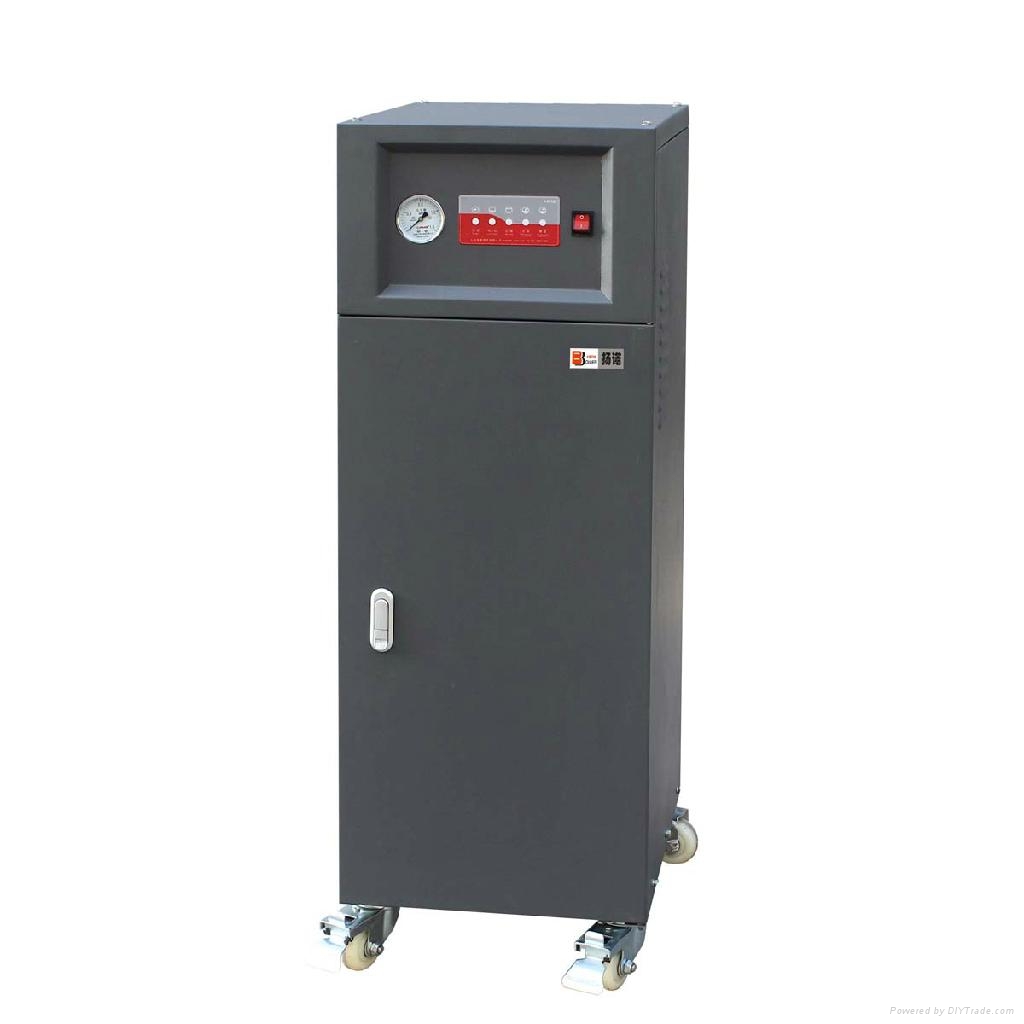Enhance Efficiency: Gains of Adopting Electric-powered Steam Units

In quick-moving manufacturing landscape, productivity is vital, and organizations are regularly seeking innovative solutions to optimize their operations. Battery-operated steam generators have emerged as a effective tool, providing a reliable source of steam for a range of applications. These generators are not only productive and economical but also provide a range of benefits that can transform how businesses create and use steam in their processes.
The merits of electric steam generators extend beyond basic steam production. With vaporrey.com -saving design and ease of installation, they can smoothly integrate into current systems. Furthermore, these generators are noted for their reduced emissions, adding to a greener environment while ensuring adherence with stringent regulations. As sectors move towards sustainable practices, the role of electric steam generators increases increasingly significant, making them an necessary component in the quest for effectiveness and eco-friendly responsibility.
Primary Advantages of Electric Steam Boilers
Electric steam boilers offer exceptional energy efficiency, rendering them an ideal choice for multiple industrial applications. In contrast to traditional fuel-fired systems, electric models change a greater percentage of energy into usable steam. This effectiveness translates into decreased operational costs, notably for facilities that require consistent steam output. As energy costs continue to rise, investing in electric steam generators can lead to significant savings over time.
A further advantage is the environmental impact of electric steam generators. They minimally emit emissions when operated with sustainable electricity sources, promoting a cleaner operation. This aligns with increasing environmental regulations and corporate sustainability goals. By switching to electric steam generation, companies can lower their carbon footprint while also enhancing their compliance with environmental standards.
Moreover, electric steam generators are easier to maintain compared to traditional systems. They often come with less mechanical complexity and do not require fuel handling or storage, which eases maintenance procedures. This consistency reduces downtime and helps ensure that production processes continue without breaks. As a result, organizations can boost productivity while reducing the total cost of ownership associated with steam generation systems.
Uses in Industries
Electric steam boilers are increasingly being used across different sectors due to their effectiveness and versatility. In the food industry, these generators play a key role in processes such as sterilization and heating. The reliable steam output ensures that food products are uniformly heated, which is critical for maintaining quality and safety standards. Additionally, their space-saving design allows for easy fitting into pre-existing production lines, reducing disruption.
In the medicinal industry, electric steam generators are essential for sanitizing equipment and materials. The exact control over temperature and pressure that these generators provide assures thorough sterilization, critical for stopping contamination in drug manufacturing. Their ability to generate steam on necessity also allows for greater production processes, reducing downtime and enhancing overall productivity.
The clothing industry benefits significantly from electric steam generators, which are used for operations such as coloring, completing, and ironing fabrics. The premium-quality steam produced helps achieve uniform dye application and enhances fabric texture. Moreover, the reduction in carbon emissions associated with electric steam generators is consistent with the increasing demand for eco-friendly practices in textile manufacturing.
Economic Efficiency and Environmental Responsibility
Electric steam generators offer significant savings for organizations in multiple industries. In contrast to traditional fossil fuel technologies, electric steam generators require reduced service and have decreased operating costs in the long term. The reduced need for fuel and easier operational processes result in reductions on operational expenses and maintenance costs. By cutting the expenses associated with fuel delivery and storage, businesses can allocate resources more effectively, enabling greater investment in additional areas of their operations.
Sustainability is a key aspect in today's industrial landscape, and electric steam generators contribute beneficially in this aspect. They produce energy without producing carbon dioxide or other harmful pollutants, conforming to environmental regulations and corporate sustainability goals. By selecting electric steam generators, businesses can substantially reduce their carbon footprint, making a positive impact on the environment and improving their reputation as ethical enterprises.
Additionally, with the increasing reliance on renewable energy sources, electric steam generators can be driven by green electricity. Harnessing energy from solar, aerodynamic sources, or hydroelectric sources not only maximizes efficiency but also guarantees a sustainable operation. This move toward cleaner energy sources facilitates companies to support their commitment to eco-friendliness while also reaping the rewards of the sustained cost-efficiency that electric steam generators offer.

